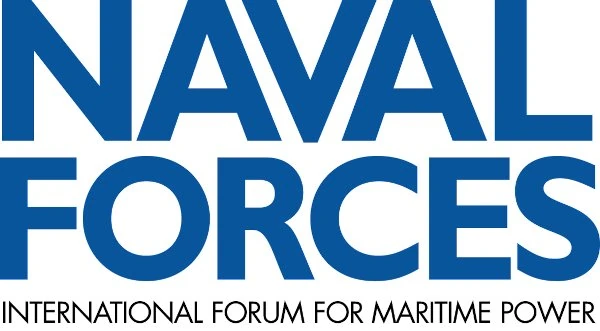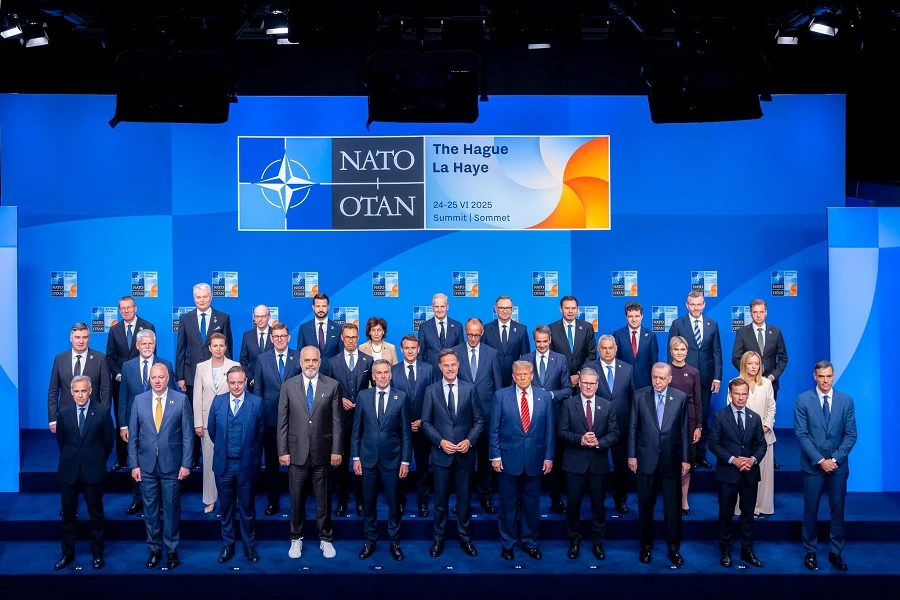The Hague, 25 June 2025 – In a landmark decision, NATO Heads of State and Government agreed to significantly increase their defence investment. At the summit in The Hague, the 32 member states adopted a new benchmark: by 2035, all Allies are to spend 5% of their Gross Domestic Product (GDP) annually on defence and resilience.
Unambiguous Commitment to Collective Defence
The brief but pointed summit declaration opens with a clear reaffirmation of the transatlantic bond and NATO’s core principle: “An attack on one is an attack on all.” Article 5 of the Washington Treaty remains the Alliance’s foundation, with the leaders pledging to protect the freedom and security of more than one billion citizens.
Breakdown of the 5% Target
The new 5% GDP target is divided into two major categories:
- At least 3.5% of GDP for traditional defence spending to meet NATO Capability Targets;
- Up to 1.5% of GDP for resilience-related investments, including cyber defence, critical infrastructure protection, civil preparedness, innovation, and strengthening of the defence industrial base.
National implementation plans are to be submitted annually, with a first review scheduled for 2029. Notably, direct support to Ukraine may be counted towards the overall defence investment.
Political Responses: Support, Skepticism, and Strategic Pressure
While the decision has been broadly welcomed by key NATO states, smaller and economically constrained members have voiced concern about the feasibility of reaching such levels of spending. Some observers have criticised the inclusion of indirect contributions, such as support for Ukraine, fearing that it may blur the true level of actual defence readiness.
Germany has endorsed the 5% goal, but remains vague on its implementation roadmap. Chancellor Friedrich Merz described the move as a “paradigm shift in defence policy” while calling for deeper European coordination and fiscal responsibility. France, Poland, and the Baltic states hailed the agreement as overdue and necessary in light of the growing threat environment.
Ukraine: Strategic Partner, Not Yet Member
The declaration reaffirms support for Ukraine but stops short of offering a membership invitation. The wording – “Ukraine’s security contributes to our security” – acknowledges Kyiv’s role without changing its formal status. Ukrainian President Volodymyr Zelenskyy notably skipped the final session, underlining his disappointment over the lack of accession prospects.
However, by integrating Ukrainian-related spending into NATO’s accounting system, the Alliance signals long-term support and aims to formalise its security commitment beyond ad hoc measures.
Defence Industry, Innovation and Transatlantic Cooperation
The summit also focused on defence industrial cooperation and technological innovation. NATO leaders pledged to reduce intra-Alliance trade barriers, stimulate joint development, and better leverage private-sector capabilities. The aim is to increase industrial autonomy and ensure supply chain resilience in future conflicts.
What Was Not Mentioned: Gaza and the Middle East
Strikingly, the declaration makes no reference to ongoing crises in Gaza or the recent Israeli-Iranian exchange. This omission appears intentional: NATO is drawing a clear line between global instability and its core mandate—defence of the Euro-Atlantic area. Russia remains the principal long-term threat cited in the document.
Conclusion
With the adoption of the 5% benchmark, NATO has sent a strong message: Deterrence, readiness, and resilience are no longer optional. Ukraine remains a key partner, though not a member. The unusually brief declaration—just a single page—reflects a shift in tone: fewer words, sharper decisions, and a renewed focus on capabilities over communiqués.


